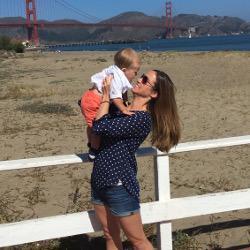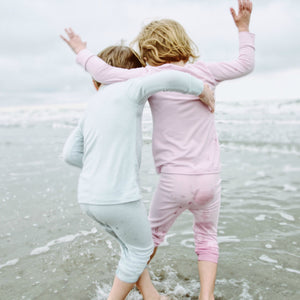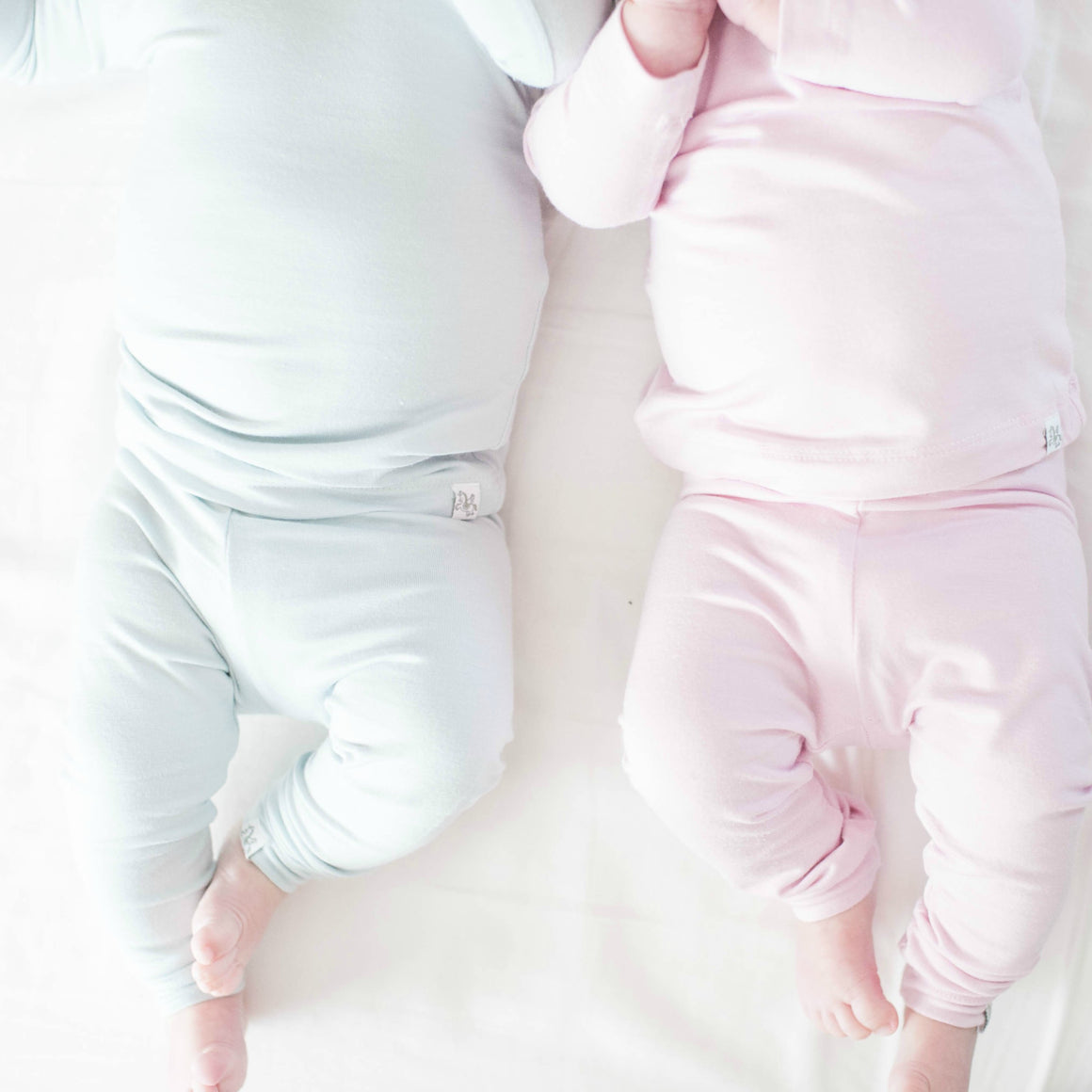The Number of Parents Following Safe Infant Sleep Practices May Be Lower Than You Think
Hey There,
Sudden unexpected infant death, which includes sudden infant death syndrome (SIDS), remains the leading cause of post-neonatal infant death in the United States. According to the American Academy of Pediatrics, in the 10 years since the introduction of the Back to Sleep campaign in 1994 (now known as Safe To Sleep), the rate of Sudden Infant Death Syndrome in the U.S. dropped by 53 percent as the practice of supine (back) sleeping grew from 10 to 78 percent. But a new study shows that the number of parents now following the back sleeping protocol may be smaller than you think.
What Is SIDS?
According to the Mayo Clinic, SIDS "is the unexplained death, usually during sleep, of a seemingly healthy baby less than a year old. SIDS is sometimes known as crib death because the infants often die in their cribs." SIDS doesn't have a known cause even after an investigation, which would include a complete autopsy, examining the death scene and reviewing the child's clinical history.
Between 2011 and 2014, there were 6683 infant deaths reported from SIDS, and an additional 3029 infant deaths from accidental suffocation and strangulation in bed.
According to The Safe to Sleep/NIH, more and more research suggests that infants who die from SIDS are born with brain abnormalities or defects. However, many scientists believe that a brain defect, alone, is not enough to cause a SIDS death and that there are factors that may significantly increase a child's chance of SIDS.
The Study
It's been shown that babies who are NOT put to sleep on their backs are at a much higher risk for SIDS. Although most parents are aware that supine sleeping is highly recommended to reduce the risk, not all parents put their infants down exclusively on their backs. The study, "Factors Associated With Choice Of Infant Sleep Position", published in the September 2017 issue of Pediatrics, finds that more than half of parents still sometimes place their babies to sleep in the prone or side position to sleep.
Researchers concluded that while families have received the message that babies should be put on their backs to sleep, many don't follow through, and that more research is needed to find and test the best educational programs to get more parents to exclusively put their babies to bed on their backs.
Safe Sleeping
According to Safe Sleep/NIH, here are some other things you can do to reduce the risk of SIDS:
- Use a firm and flat sleep surface.
- Do not put objects, toys, crib bumpers or loose bedding in or around crib.
- Do not let baby get too hot during sleep.
- Follow healthcare guidance on vaccines and check-ups.
- Avoid products that go against these regulations, including those that claim to reduce the risk of SIDS.
- Do not use heart or breathing monitors on baby.
In Short
As parents, we may be aware of safe sleep practices, but intention is not enough to keep infants safe. It's imperative to follow the recommendations to ensure our little ones are at the lowest risk possible for SIDS. For more about the study, click here. For more information on safe sleeping and tips, visit the Safe to Sleep website.

Leave a comment
Comments will be approved before showing up.






About The Author
Tara Saltzburg founded Westyn Baby when her son was an infant battling severe eczema. She was always on the lookout for products that would minimize the irritation and ease his discomfort, but safe, non-irritating pajamas proved difficult to find. Tara started Westyn Baby in 2016 with a mission to create better, safer sleepwear for kids - sleepwear that's exceptionally soft, flame-retardant free, sensitivity-friendly, and durable. Read more about WB sleepwear.
Tara was born and raised at the NJ shore and attended Penn State University, where she played soccer and discovered her love of mountain life. She is a mom of one boy and hopes to eventually have enough kids to form some sort of athletic team. She and her family currently reside in Central Pennsylvania and spend the summers in Stone Harbor, NJ.